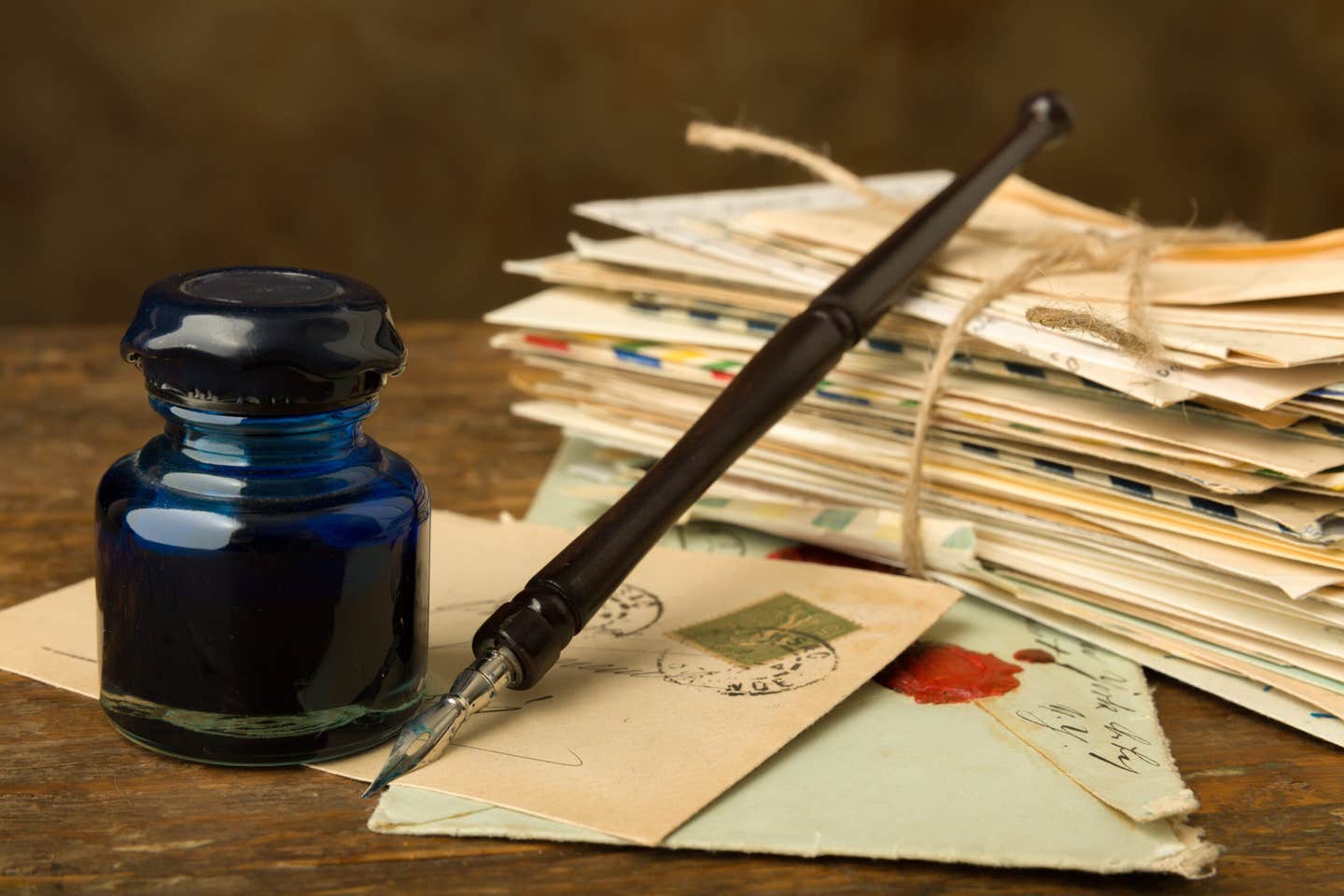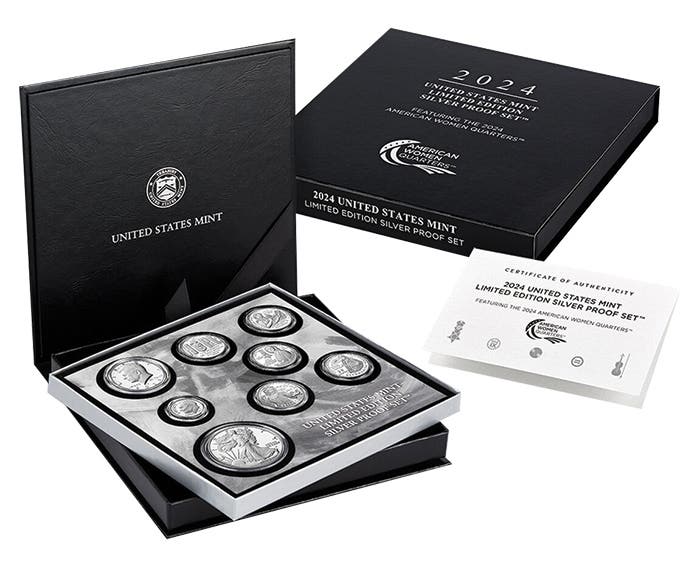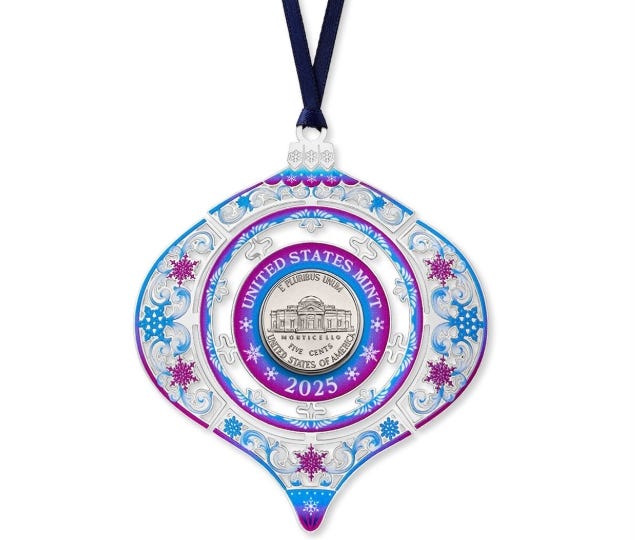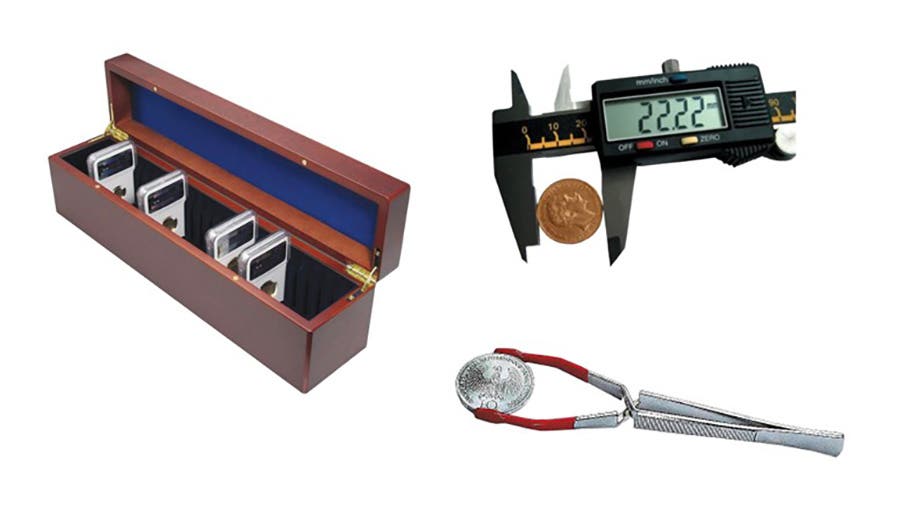1795 Half Dollar Speaks Volumes of U.S. Mint History
Some coins whisper. Other coins speak volumes, and the 1795 half dollar is one of the latter. The Mint in 1795 was not much of a facility. Coins had been…
Some coins whisper. Other coins speak volumes, and the 1795 half dollar is one of the latter.
The Mint in 1795 was not much of a facility. Coins had been authorized and production had begun, but to say that production was modest would be a definite understatement.
The first years of coin production in 1793 and 1794 had been something short of a whopping success. The United States had coins, but not very many of them. Production was limited. The Mint was far from a modern facility – even for 1793. It had limited capabilities under the best of circumstances.
Chief among the problems was the fact that there was little metal for coins. Congress had specified the composition, but it had provided no gold, silver, or copper. Moreover, there were no gold or silver mines in operation. The Mint had to acquire metal any way it could. The first silver was supplied by George Washington. Unfortunately, Washington didn’t own a silver mine, so the Mint turned to any source, including the wide number of foreign coins that were in regular circulation. It purchased copper in any form it could, even buying supplies of tokens from those who had made them privately.
The circumstances dictated that priorities be set. With limited supplies of virtually all metals, coins were produced as needed in the best judgment of officials. The high priorities were lower denominations and upper denominations. The half dollar was somewhat overlooked initially, as was the quarter. The first half dollar was not produced until 1794. It had a production of just 23,464 pieces. By 1795, there were at least some supplies of silver and production of virtually all denominations could be increased. In the case of the half dollar, the mintage was 299,680 pieces, which, while not an enormous number, was to rank as the top half dollar production for a decade. Considering the fact that the 1795 half dollars were the second and last year of the Flowing Hair and Small Eagle design, such a large production was to prove enormously important for type collectors today. With just 23,464 pieces from 1794, it would be impossible for many to ever hope to acquire a type example were it not for the 1795 mintage. As it is, a 1795 half dollar is not cheap.
As it turned out, the 1795 was some- thing of the poster child for the way the Mint produced coins in 1795. That is to say there was no serious concern about slight design differences. If there were 10 berries on one side of the reverse, eight on the other and seven and nine on the next, that was not viewed as important. The idea was to make as many coins as fast as possible.
The list of varieties of 1795 half dollar is long, with an assortment of reverse berry combinations ranging from as many as seven on one side to as many as 10. There are slight differences in the head on the obverse. There is a boldly double-punched date with the first cut much too low. The double-punched date also has three leaves inside the wreath under each wing on the reverse while most have only two.
There are more. “STATES” in some cases is over “STETES,” while in others it is over “STATED.” In one instance, the “Y” in “LIBERTY” is over a star and there are probably varieties still to be discovered.
For collectors today, the 1795 half dollar is both unusual and complicated. That makes it appealing









